Intro
Animals with appaloosa spotting patterns been prized since ancient times for their unique looks and hardy nature.
Read more
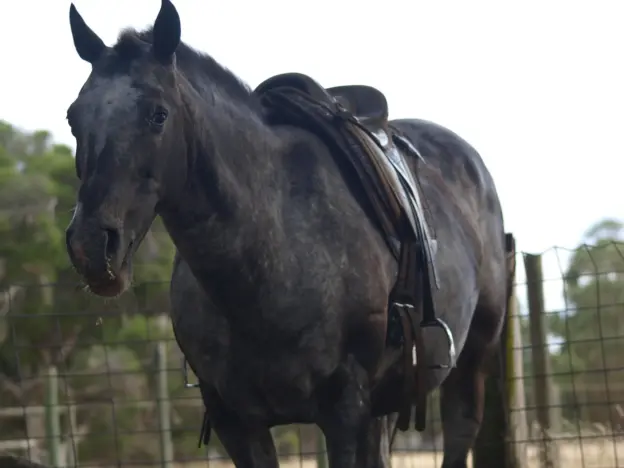
Animals with appaloosa spotting patterns been prized since ancient times for their unique looks and hardy nature.
Read more
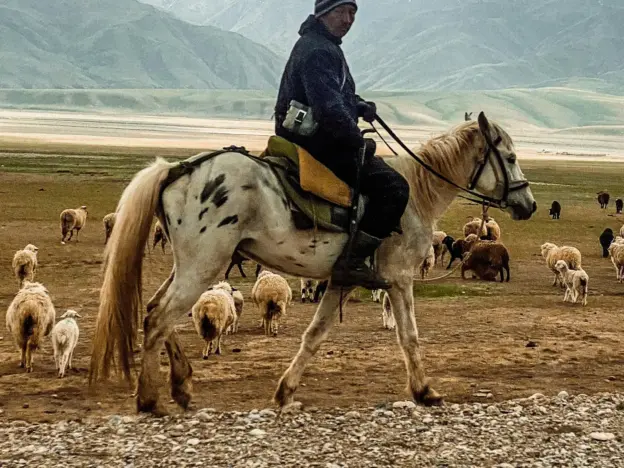
Originally thought to have come from the Iberian Peninsula, appaloosa spotting patterns are now thought to have come from further East, perhaps as far as Mongolia.
Read more
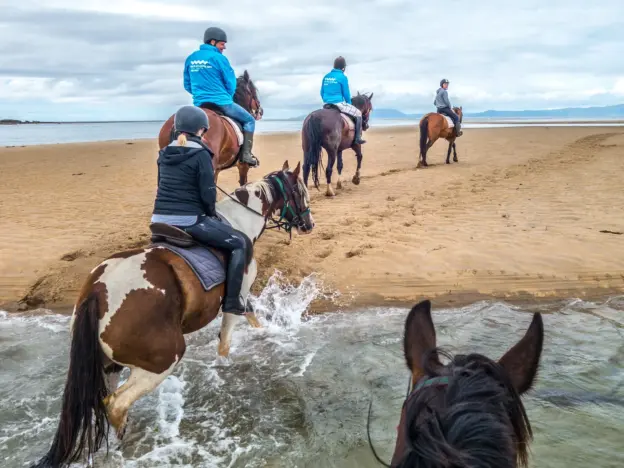
Also called Irish Piebald and Skewbald, the Irish Pinto is a color breed, much like the American Paint Horse. The breeding objective of the registry is the preservation and promotion of spotted breeds (including Appaloosa), while identifying and recording bloodlines that carry spotted genetics.
Read more
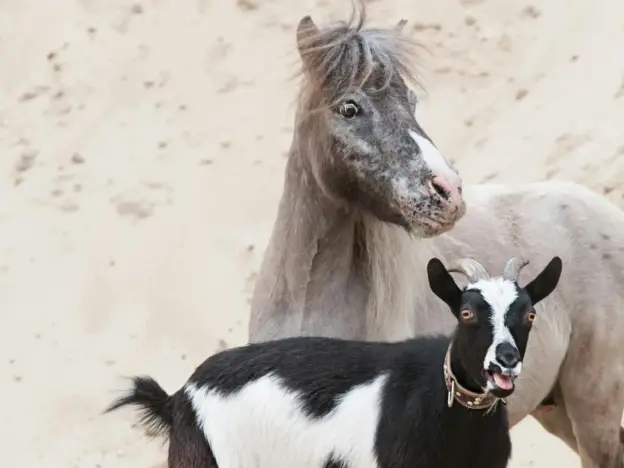
Europäisches Appaloosa-Pony or European Appaloosa Pony is a spotted animal found throughout Europe and many of the countries claim a version of their own.
Read more
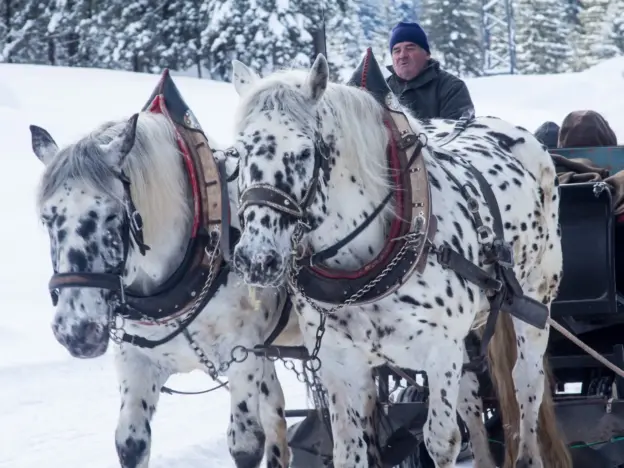
Like German Duns, the Deutscher Tigerschecke or German Tiger Spotted is a color breed and registered based on sound conformation and leopard complex spotting patterns.
Read more
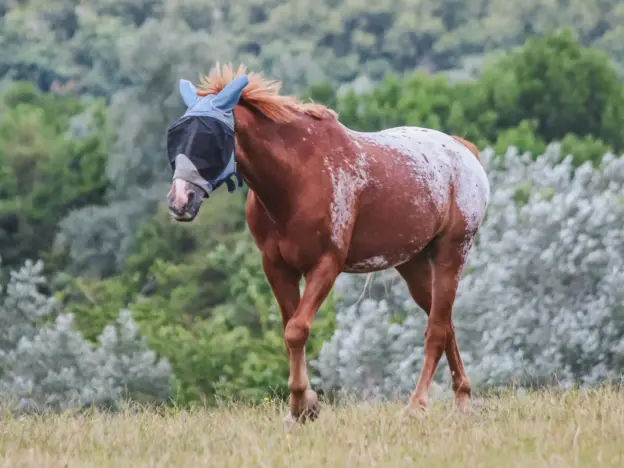
The Walkaloosa is an appaloosa horse that moves with an ambling gait, like the Spanish Jennet. Appaloosa horses have displayed a pacing gait dating back to China thousands of years ago, slowly making their way into Europe and eventually the Americas.
Read more

The Tiger Horse breed was established in 1992 and based on the spotted horses of the Iberian peninsula, the name Tiger used to describe their lovely spotted coats.
Read more
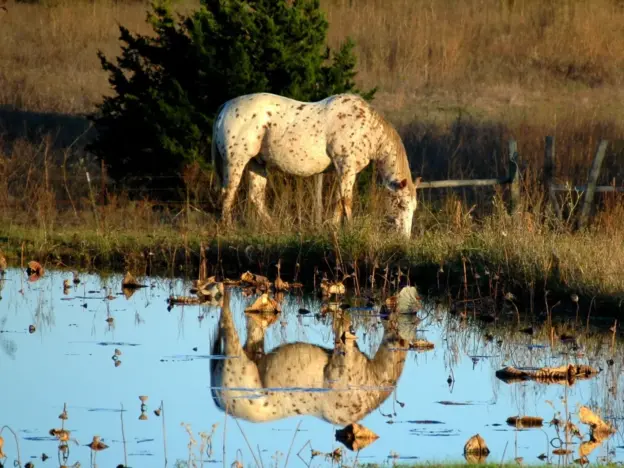
The Sugarbush Draft Horse has an interesting story to tell, as against all odds the colorful breed has persisted throughout the years.
Read more
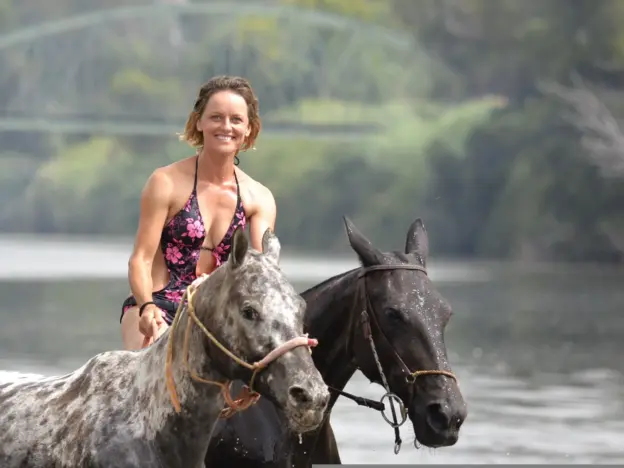
Spotted animals with exotic color patterns have been documented back as far as 18,000 BC, with more found in northern Spain and southern France dating back to 15,000 – 10,000 BC.
Read more
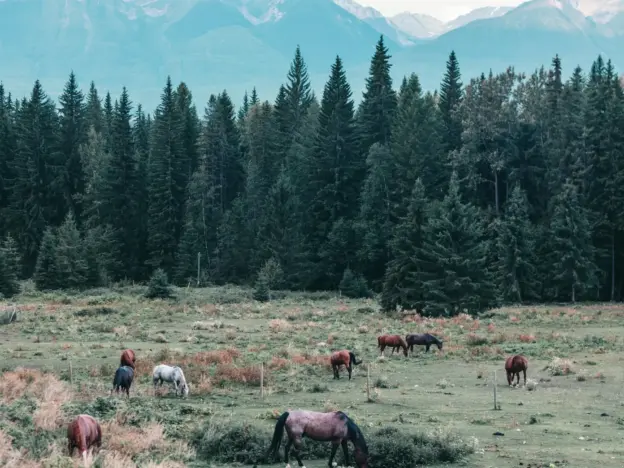
The Sable Island Horses (and a number of other wild animals) come from Sable Island which is situated about 100 miles off the eastern coast of Nova Scotia.
Read more